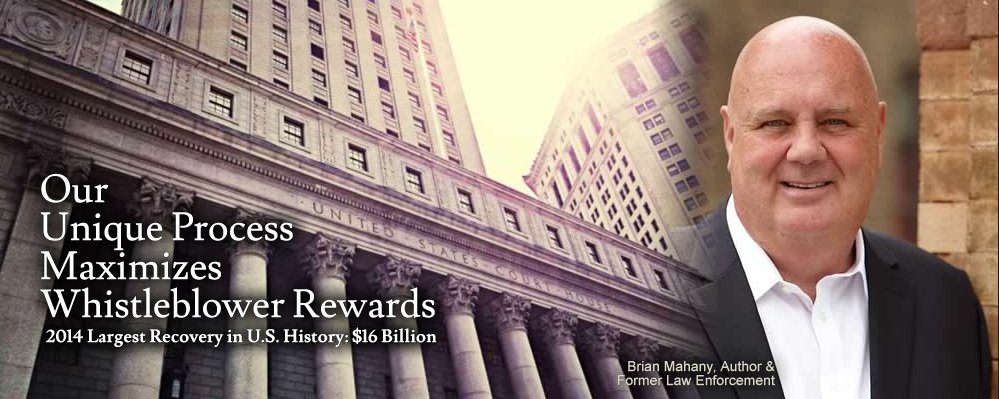Associated Bank has been in the news a lot lately. None of it good. While it doesn’t have the problems like the “too big to jail” superbanks (e.g. Bank of America), it has been in trouble lately for running afoul of federal anti money laundering laws. Those violations, however, are helpful to victims of fraud seeking to build a lender liability case against the bank.
Associated Bank and Money Laundering Problems
Associated’s anti-money laundering (AML) woes began in 2012 when the Comptroller of the Currency accused the Green Bay, Wisconsin bank of both violations of the Bank Secrecy Act and anti-money laundering regulations. The bank entered into a consent order and promised to take remedial actions to improve compliance.
In 2014 Associated Bank agreed to pay a $500,000 penalty to the feds after being found with several material weaknesses in its AML program. Specifically, regulators claimed:
- Associated failed to conduct adequate risk assessments, conduct proper customer due diligence, identify high risk customers and implement a suspicious activity monitoring program,
- Associated lacked necessary AML training and knowledge, and
- Associated failed to timely file Suspicious Activity Reports.
Associated paid the fine but did admit any wrongdoing.
Associated Bank Sued for Lender Liability in Thomas Cook Ponzi Case
While the Comptroller of the Currency’s investigation was ongoing, Associated was sued by the court appointed receiver in a massive Ponzi scheme perpetrated by Thomas Cook. Charged with finding money for Cook’s victims, the receiver asserted lender liability claims against Associated Bank. The receiver says the bank aided and abetted Cook’s fraud.
According to the receiver’s complaint, Thomas Cook was the mastermind of a $200 million dollar Ponzi scheme. Cook promised investors above average returns (sound familiar?) through a complex futures trading scheme. Investors were allegedly told their investment was “risk free” and that all trades were settled nightly to avoid risk.
While the scheme looked good on paper, only half of the money was used for trading and most of that money was lost. The balance of the funds was used to pay returns to unsuspecting investors in order to keep the scheme alive. Millions of dollars also went to support his lavish lifestyle including luxury cars, jeweled Faberge eggs, $27 million in cash and a private submarine. Some of the money was allegedly also lost to Cook’s gambling.
Unfortunately, the receiver was only able to recover a small percentage of the losses from Cook. That left Associated Bank and the receiver’s claims of lender liability.
Associated was sued in April of 2013. Several months later a federal judge in Minneapolis dismissed the suit. The receiver appealed and earlier this year a three judge appellate panel overturned the trial court judge’s decision and reinstated the case against Associated.
Immediately after the appeals court reinstated the lender liability suit, Associated Bank filed yet another motion to dismiss. This time the bank claimed that the suit should be dismissed because a Wisconsin court had dismissed a similar claim. Last week the court rejected those arguments meaning the case may likely head for trial if not sooner settled.
According to the receiver’s complaint, Associated Bank rendered substantial assistance to Cook by allowing to open an account in another name and by engaging “atypical banking activities.” These activities include:
- Transferring money between the business account and his personal account, and
- Allowing Cook to take $600,000 in cash (the Bank Secrecy Act requires currency transaction or suspicious activity reports when large amounts of cash are involved).
Federal law requires banks to know their customers and their businesses. For the average business, a simple check of corporate records and a meeting with the customer is sufficient. Customers engaging in large transactions or moving money between accounts should trigger extra scrutiny, however.
The receiver believes that if the bank had engaged in even cursory due diligence or reported suspicious transactions, Cook would have been stopped and victims wouldn’t have lost as much money as they did.
Lender liability suits are tough but can be won if a pattern of laziness or inattention to banking rules can be proved. In this case, it appears Associated Bank was more interested in having a big customer instead of learning what Cook was doing. Although there is no allegation that Associated took any of the ill-gotten gains, they had a duty to follow good business practices and federal AML and Bank Secrecy rules. A jury will need to decide if the bank violated those duties.
The victims in this case were lucky both that there was a receiver and that the receiver was willing to pursue lender liability claims.
Often in Ponzi schemes and other large fraud cases, the primary wrongdoer has absconded or already spent most of the investors’ money by the time authorities get involved. It isn’t unusual in many of these cases for victims to only receive pennies or nickels on the dollar.
Worse, if a receiver is unwilling to take up the cause, it becomes cost prohibitive for victims to fund a private recovery effort. We are one of the few law firms willing to take individual cases against banks, auditors and law firms. (Our minimum loss is generally $1 million.) We will also take lender liability cases in which two or more investors join forces.
Interested in learning more? Contact attorney Brian Mahany at or by telephone at (direct). All inquiries kept strictly confidential. We have handled cases in 29 jurisdictions.
MahanyLaw – America’s Fraud Recovery Lawyers


